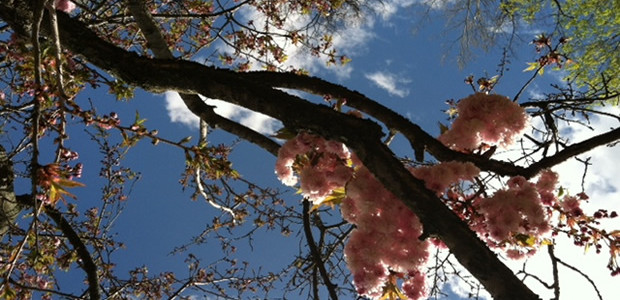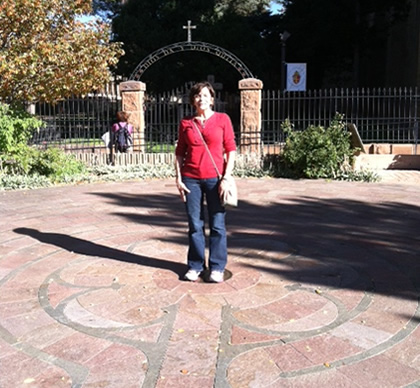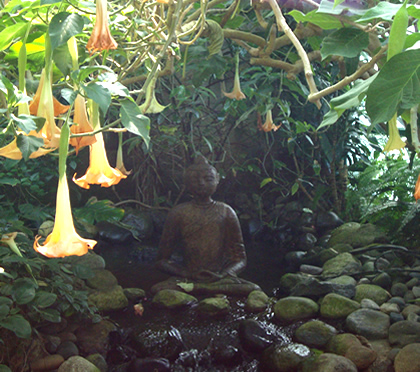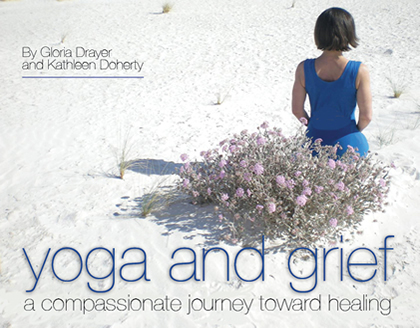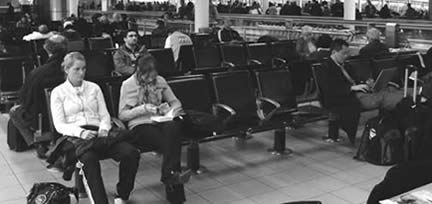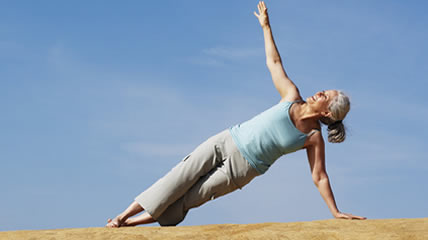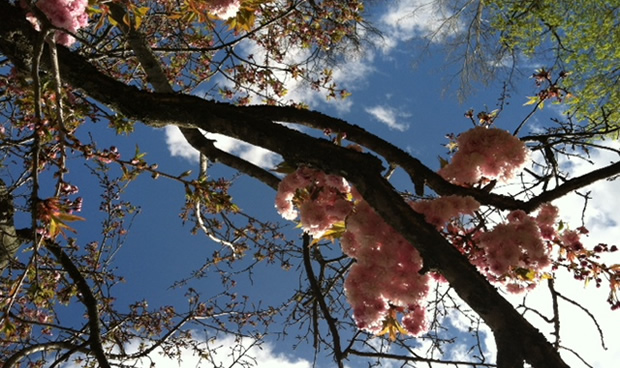
Last Sunday my husband, Jim, and I celebrated our twenty-ninth anniversary. We had married the end of April as I had wanted a spring date, thinking it the perfect time to start something new.
On the day of our wedding, my brother-in-law and family brought us a young weeping cherry tree and planted it in our back yard. Each year since, we eagerly have awaited the knots of delicate pink blooms as if they were our anniversary gift.
But over the years the tree has waned, the blossoms fewer and the number of barren branches growing. We consulted an arborist and fed the tree to improve its vigor. We had years when we thought it looked hardier, and some when we were certain it was in its last season.
After the cold winter last year, the tree failed to blossom at all, the buds tight before turning to leaves. My mind is good at wandering to seek meaning or read a sign into such events. So you can imagine the fears raised by our anniversary tree’s absence of blooms.
Not knowing what to expect of the tree his year, we were full of hope for its rebirth as pink buds covered the branches. Our hopes were met with a number of knots of pink blossoms, even more lovely as goldfinches sat among them, waiting a turn for sunflower seeds. Even so, most buds remain tightly closed and many branches barren. Much will go when we prune the dead wood.
Sometimes we have things in our lives we cling to as they represent something important, something deeply significant and dear. We become so attached that to let go feels almost like a betrayal. In the case of our anniversary tree, as it blossomed it reminded us of our pledge to one another, our relationship. To see the tree age and fade reminded us not only of our own mortality, but also of the fragility of relationship.
I know we will miss our tree when we finally take it down. As with so many things now gone, we will still talk about it, perhaps frame a picture. But there comes a time to let go, to make room for something new.
Already we talk about replacing our wedding tree with something strong and hardy. Perhaps a red bud. And we don’t need to have a big tree, thinking we may not have the years it might take to grow it full and large. As I told Jim, instead we will plant with faith in something new to come. And, also hold in memory the starting point of something lovely, beloved.
